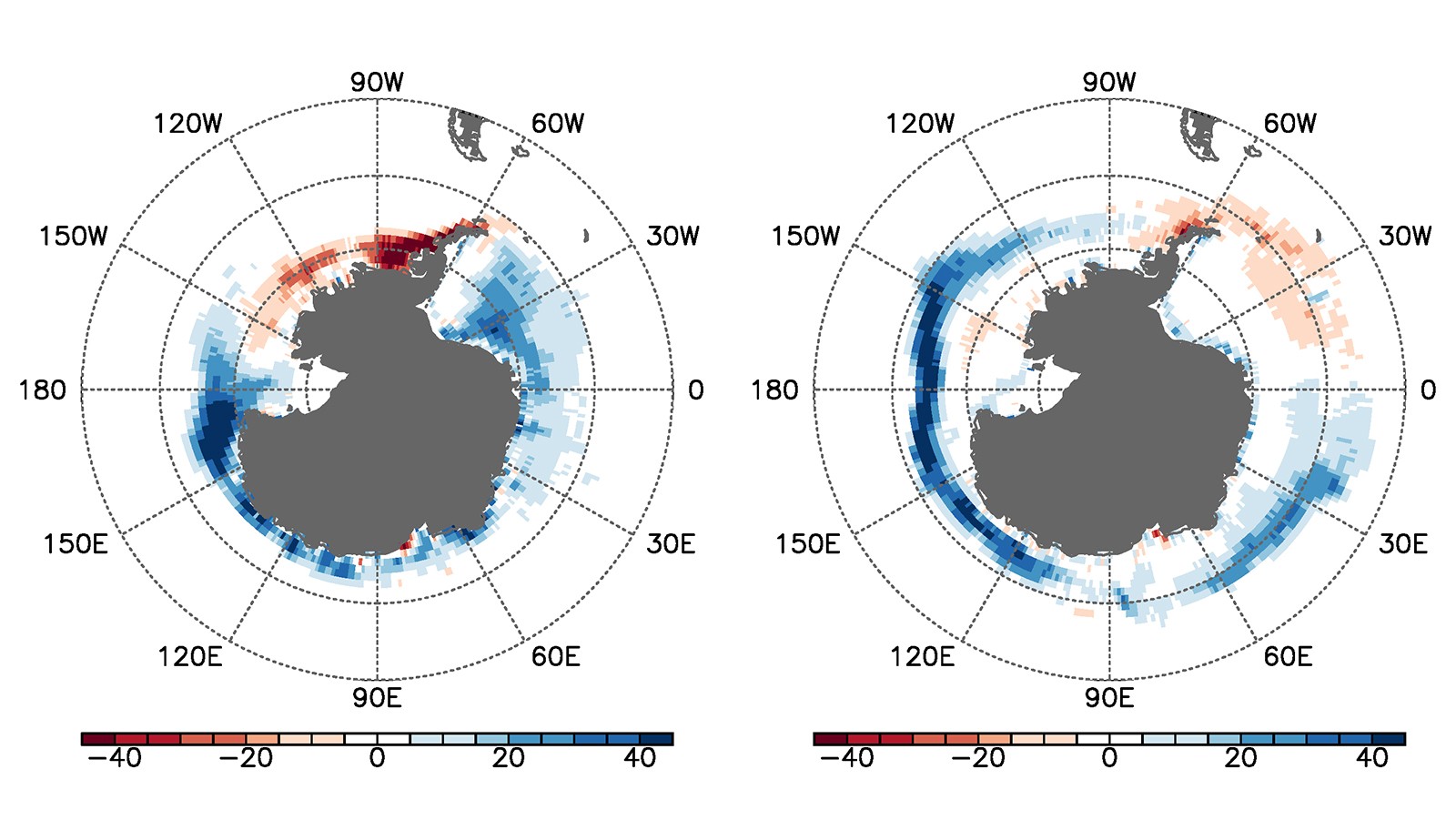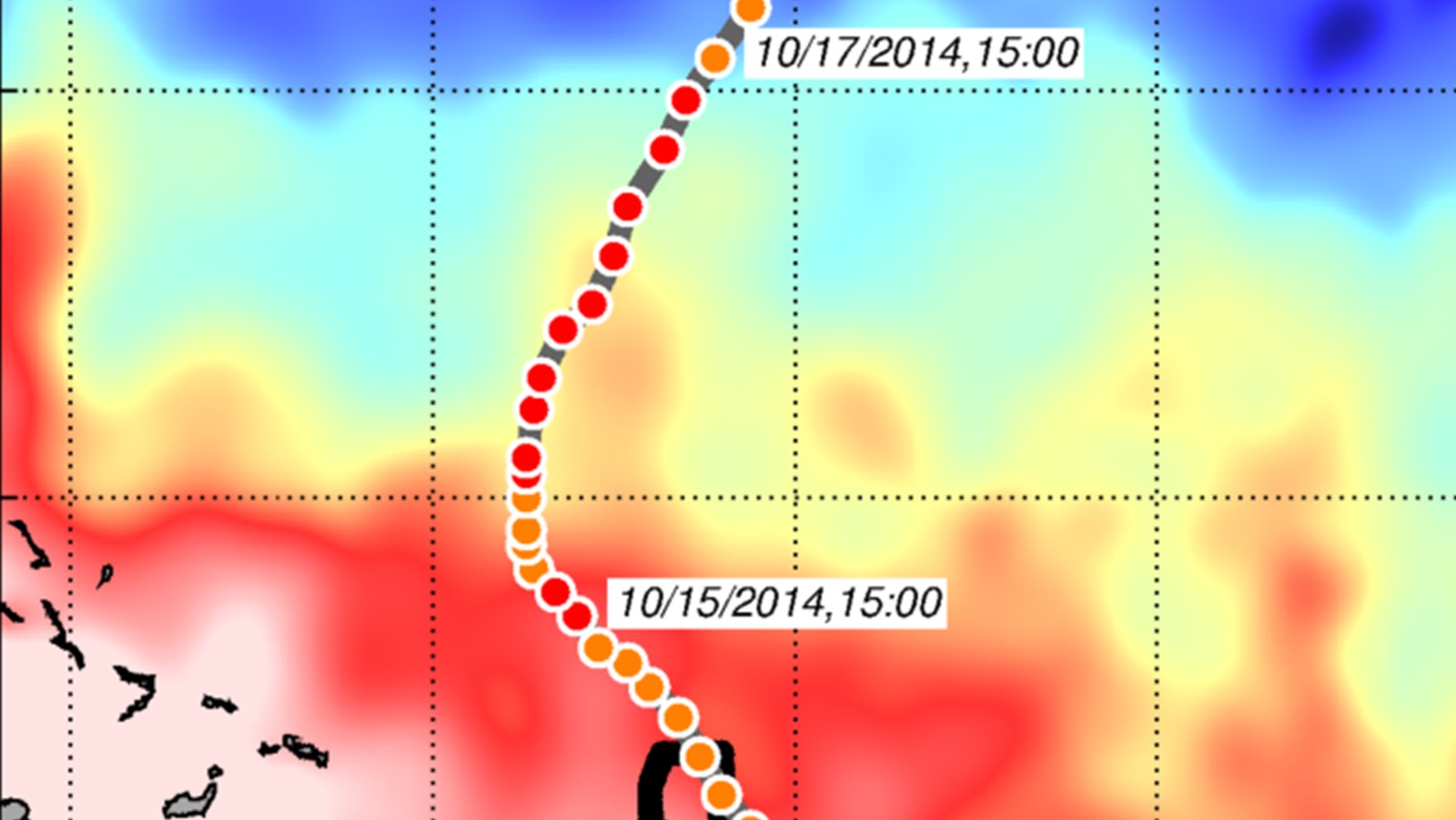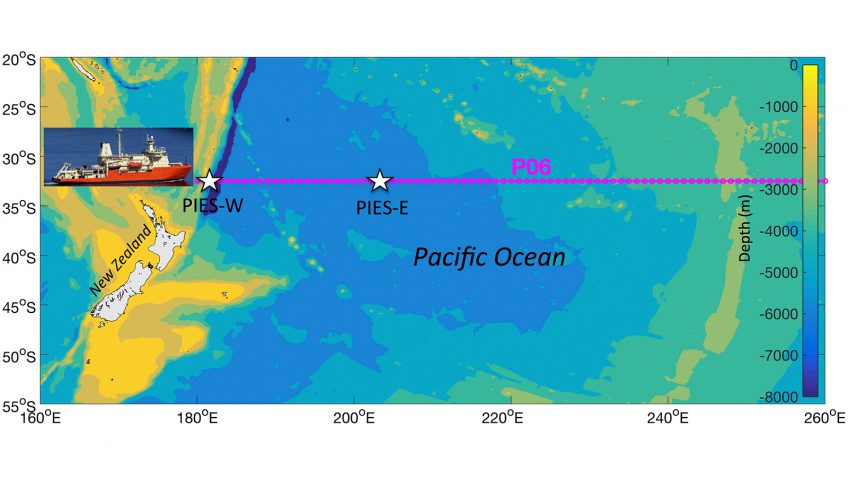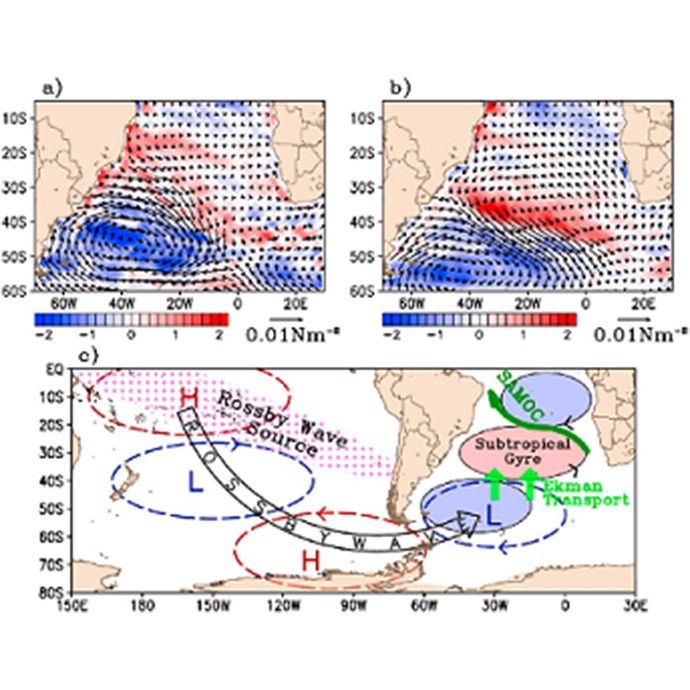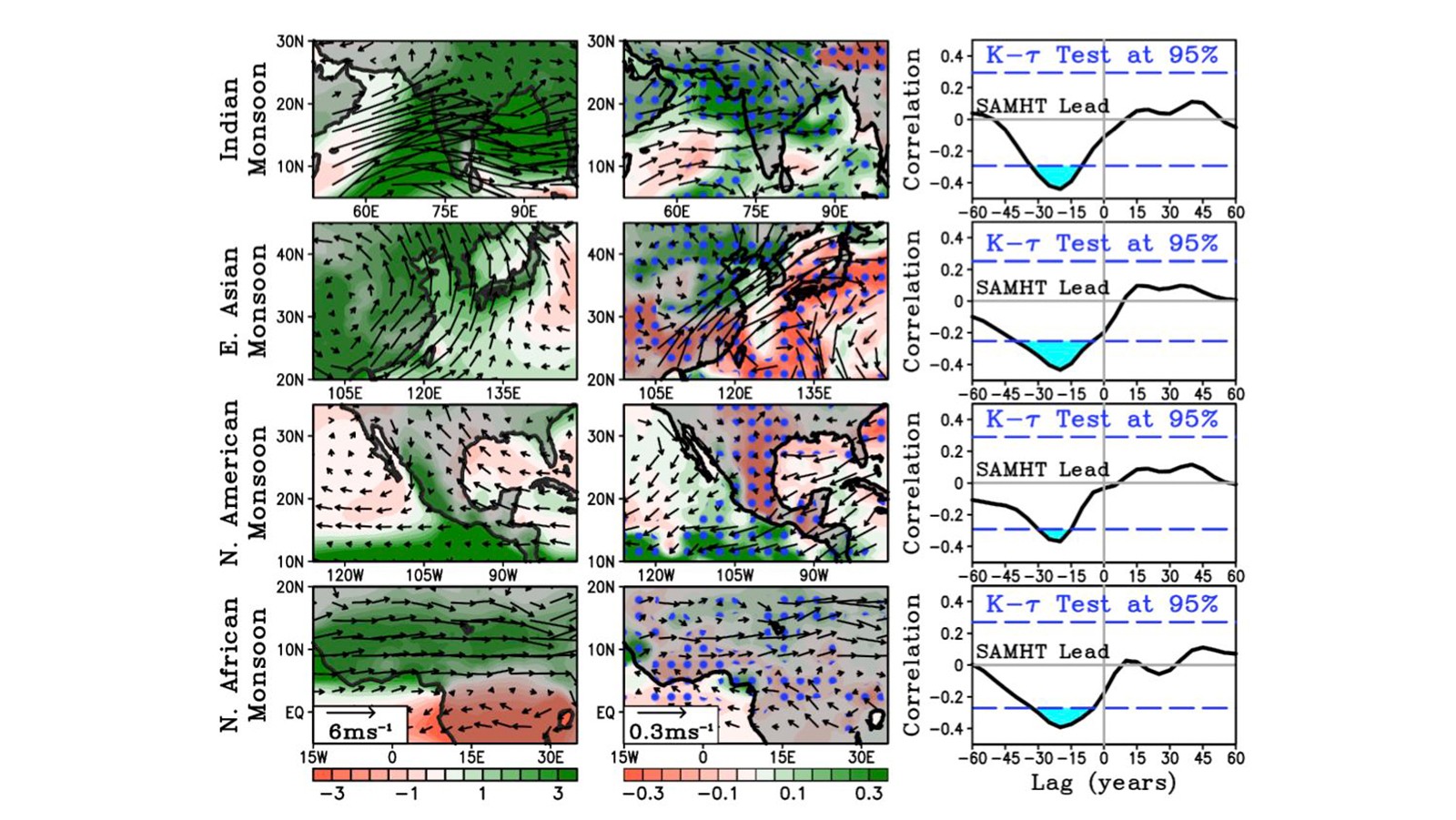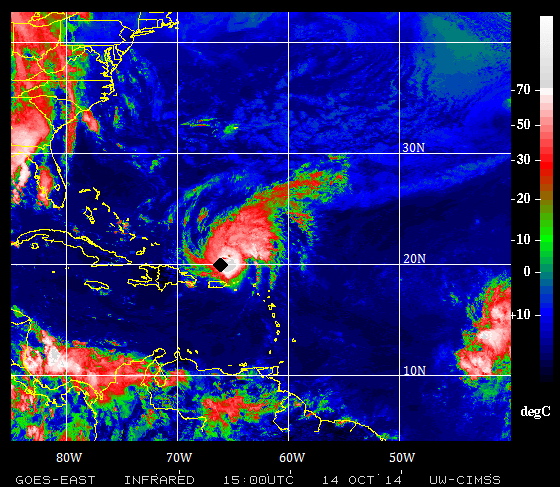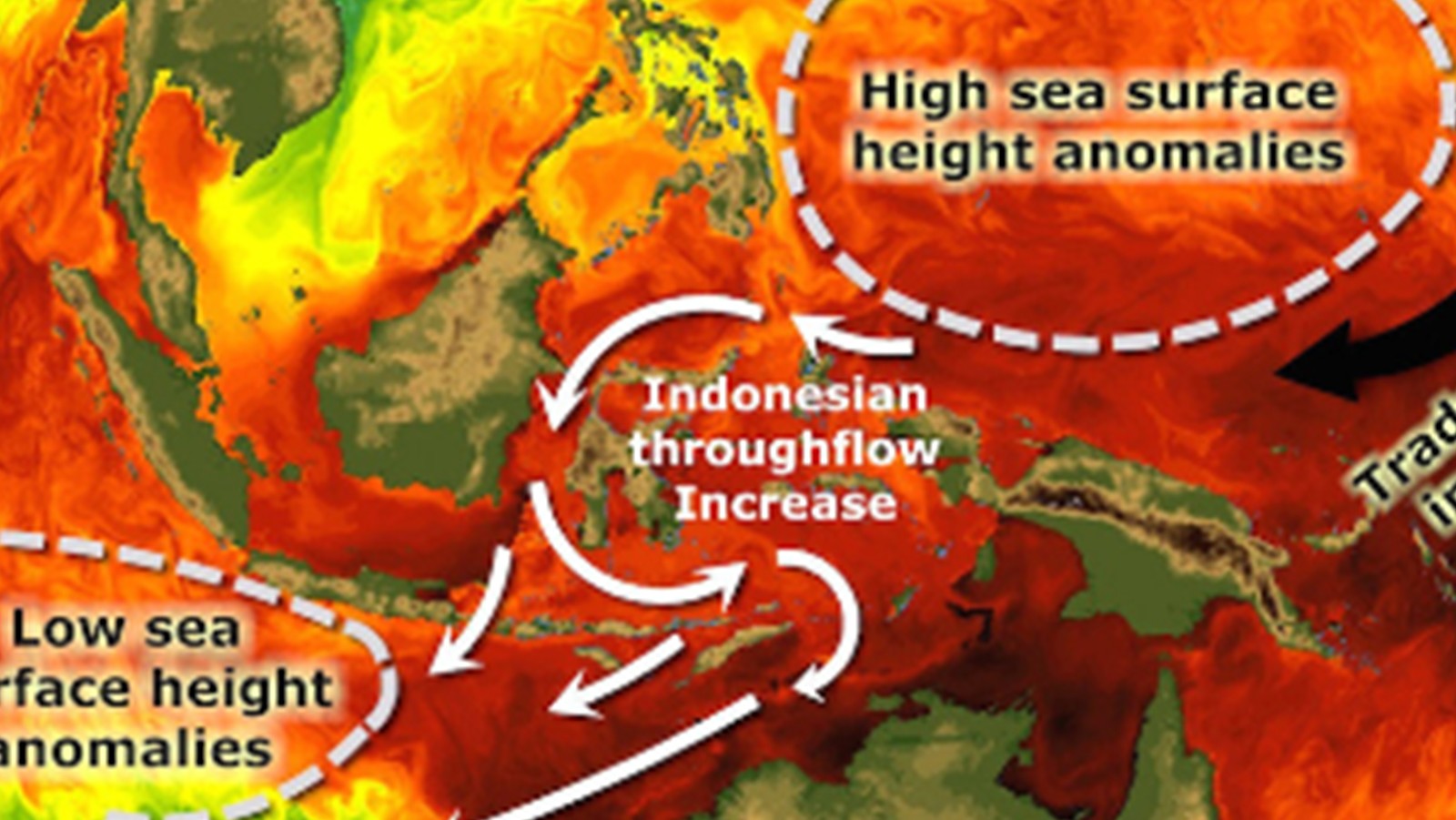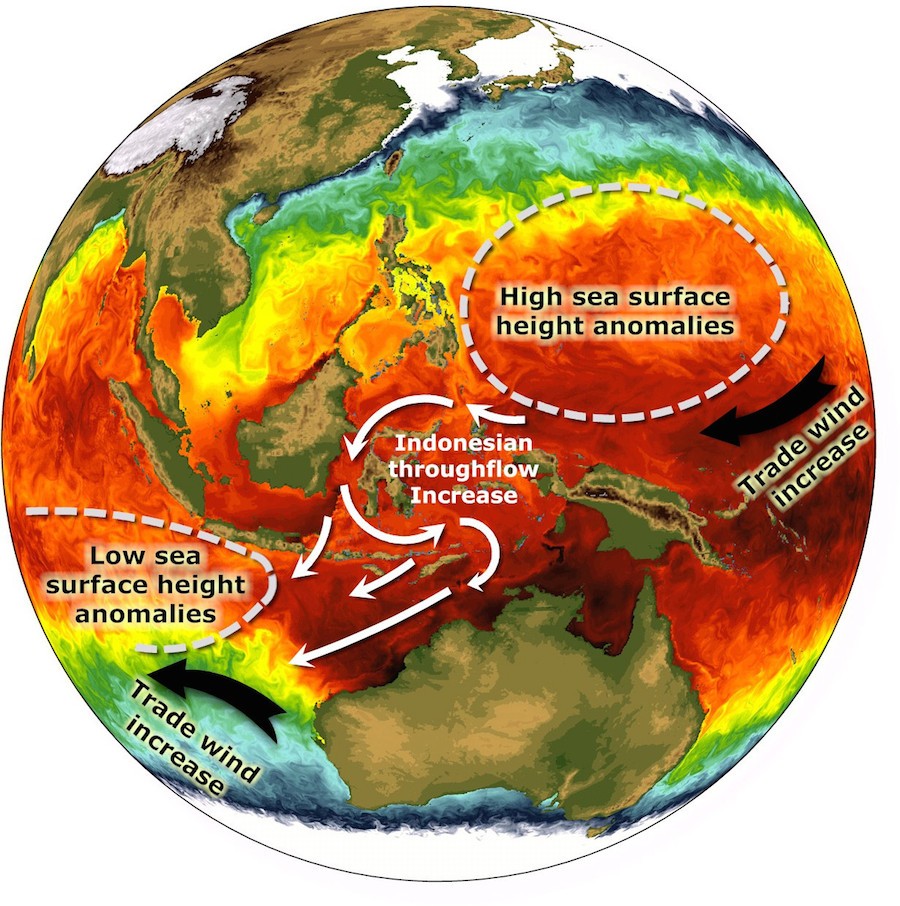Ocean dynamics played key role in Antarctic sea ice changes during past decades
“Much of the work on the cause of Antarctic sea ice over recent decades has focused on atmospheric drivers but this paper focuses on the ocean’s role. The authors analyse the trend of Antarctic sea ice over the past 35 years on the basis of satellite data and model simulations forced with atmospheric reanalysis products. Their findings suggest that ocean processes play a crucial role in determining the seasonality of sea ice trends. They also reveal that the sea-ice response is regional.”
